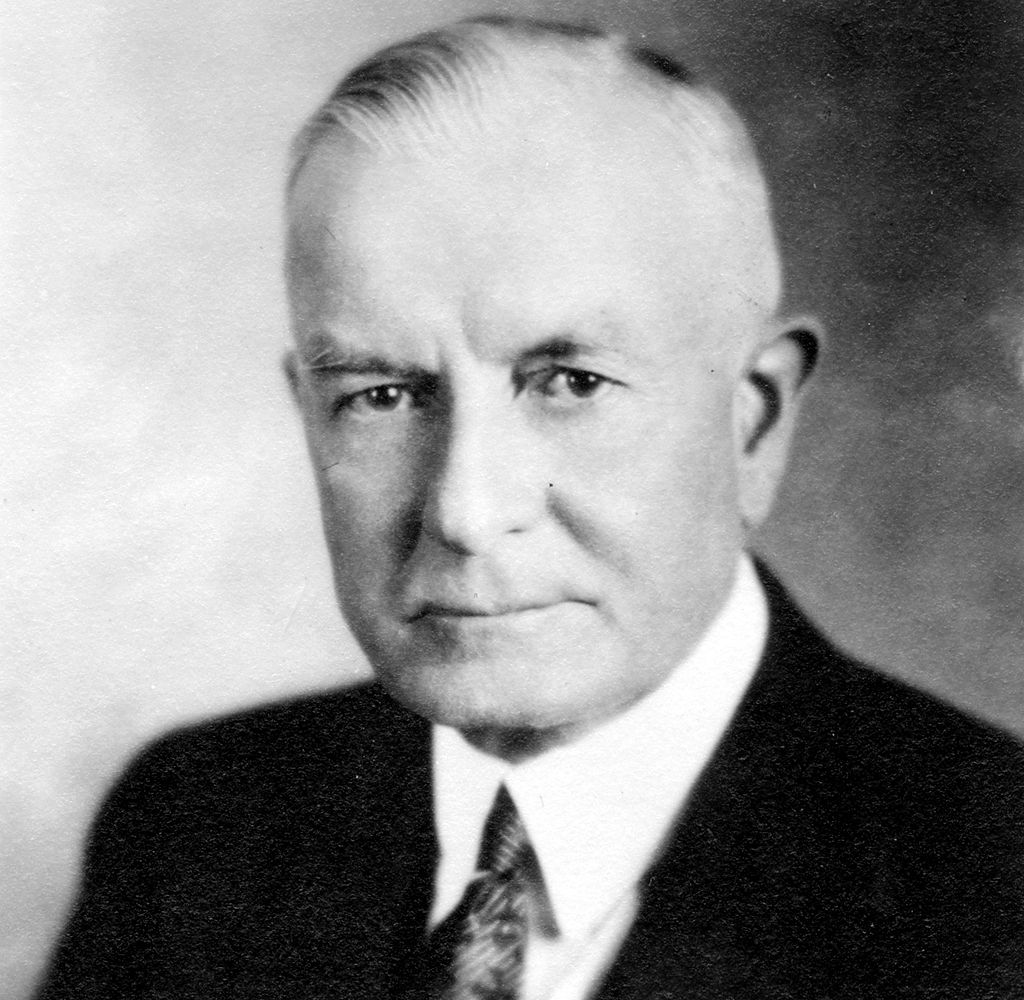 NEWS
NEWS
 NEWS
NEWS
 NEWS
NEWS
![]() In 1943, legendary IBM Chairman Thomas Watson Sr. (that’s the dour fellow shown here) is reported to have said “There is a world market for maybe five computers.” Whether Watson actually uttered those words is debated, but the quote was long a lightning rod for ridicule when PCs were spreading like kudzu.
In 1943, legendary IBM Chairman Thomas Watson Sr. (that’s the dour fellow shown here) is reported to have said “There is a world market for maybe five computers.” Whether Watson actually uttered those words is debated, but the quote was long a lightning rod for ridicule when PCs were spreading like kudzu.
Today, though, the prophecy has taken on eerie new relevance in a world defined by clouds.
Virtualization is changing the IT landscape, and two news items last week drove home its impact. The first was Google’s release of Kubernetes under an open-source license. Kubernetes is basically a public version of Borg, the software that the company has used internally to harness computing power from across its data centers into a massive virtual machine.
According to Wired, Google kept Borg’s source code a secret for years because it considered the technology to be a competitive advantage. However, Google’s entry into the public cloud market demands that it cultivate software that works well with its own Compute Engine. Kubernetes can reportedly be used not only to run applications across very large server farms but also to incorporate cloud services as well.
Last week also saw Facebook open-source Haxl, a library that simplifies access to remote data. Haxl can be used to offload tasks to outside servers for specialized functions such as credit card checks. While that capability has been available via APIs for a long time, Haxl is being hailed for its performance and efficiency.
Both of these announcements come at a time when another new virtualization technology – Docker – is rocketing up the popularity charts. Docker is basically a light containerization technology that enables applications to run on any platform (Wired has a good description here), but what’s really got people excited is that Docker can run apps across multiple cloud services separately or in combination. It also has the rare distinction of being supported by nearly every cloud infrastructure vendor of any importance.
The cynic in me says to be careful, because open source doesn’t mean vendor-independent. We can assume that one reason Google is releasing Kubernetes into the wild is because it works so well with the Google cloud. That doesn’t prevent Amazon or Rackspace from tuning the software for their environments, but in reality that’s unlikely to happen. Technology companies instinctively try to lock their customers into their platforms, particularly the market leaders. While that shouldn’t dampen your enthusiasm for this outpouring of open-source generosity, it’s something to be aware of.
The reason to cheer last week’s announcements is because they continue the hardware commoditization trend that virtualization kicked off a decade ago. In effect, infrastructure doesn’t matter anymore, and that means CIOs can turn more attention to tasks that make a difference for the business, like snapping together components in really rich and innovative ways.
This all adds up to nothing less than a redefinition of IT organizations and the role of the CIO. In effect, infrastructure doesn’t matter anymore, and that means CIOs can turn more attention to tasks that make a difference for the business, like snapping together components in really rich and innovative ways.
Although CIOs have given lip service to IT as a competitive advantage for more than two decades, the reality is that most have been hamstrung by costly legacy infrastructures and the challenge of keeping the lights on. Maintenance has typically consumed about 70 percent of the IT budget, and while that cost isn’t going away anytime soon, the need to spend money on new hardware acquisition and support may be nearing an end.
Recent research by Boston Consulting Group validates this trend. The strategy firm summarized data from more than 60 assessments it’s done with IT leaders into the business value of technology. It found that traditional CIO headaches like sourcing, infrastructure management and portfolio management are now considered only minor irritations, a trend it attributes directly to the cloud.
While capacity forecasting, total cost of ownership and enterprise architecture management topped CIOs’ list of “pain points,” these factors are more a function of business change than technology complexity. Basically, CIOs are turning their attention away from boxes and cables and toward simplifying infrastructures and managing them for unpredictable demand. Those tasks are part of the process of integrating IT into the business bloodstream. That doesn’t make them any less painful, but the outcomes are a lot more rewarding.
What amazes me is the neck-snapping speed with which these changes are taking place. Virtualization has only been mainstream inside the data center for less than a decade. Technologies like Docker now make virtualization a no-brainer for anyone developing software. Google’s massively parallel server farms have been considered a brilliant technical achievement, but Kubernetes could make this same kind of seamless scalability available to anyone.
The cloud is so quickly becoming the platform of choice for new applications that it’s questionable why any CIO would want to factor large hardware purchases into long-term plans. While Tom Watson didn’t foresee the spread of computing into handheld and embeddable devices, his vision of the future world of the data center may have been on the mark.
THANK YOU